Antelope Canyon, USA
I wouldn’t blame you if you thought this picture was actually a painting. But believe it or not, this place is real, and it’s called Antelope Canyon. It’s located in Arizona, USA, so if you were planning a visit to the Grand Canyon, here’s a nearby landmark you might want to look into.
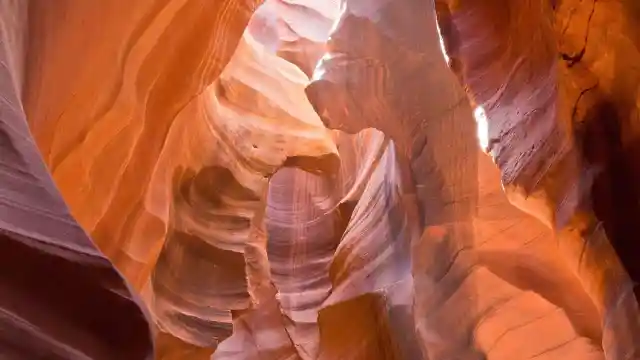
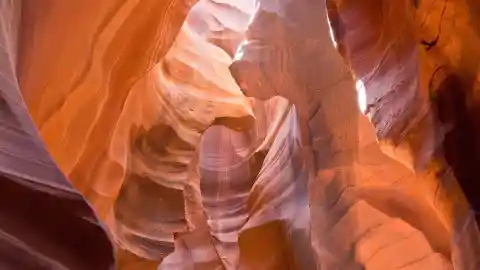
According to scientists, this canyon formed a million years ago when water was carved out of the crevices. Its most remarkable feature is its multicolored limestone walls, which come in shades of gold, orange, pink, and magenta, among others.
Laguna Colorada, Bolivia
Laguna Colorada, also known as the Lake of Blood, is a salt lake located in southwest Bolivia. The lake contains a few borax islands, whose white color contrasts sharply with the lake’s bright red waters.
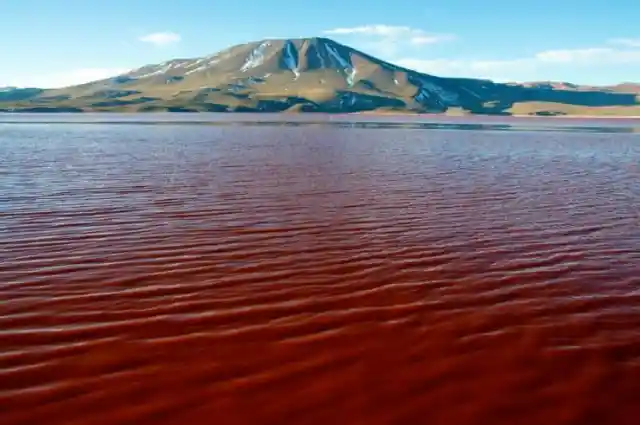
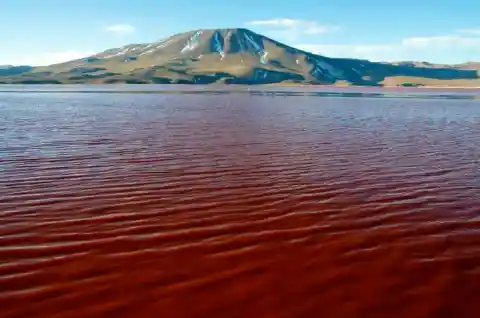
This phenomenon is caused by red sediments and by the pigmentation produced by a specific species of algae. But apart from the intriguing contrast of colors, the lake is also surrounded by beautiful mountains, so it’s definitely worth the visit.
Inga Stone, Brazil
The Inga Stone is an unusual rock formation located in the banks of the Ingá River in the Brazilian state of Paraíba. History and science geeks, this is the place you want to go since this is one of the most treasured archaeological wonders in South America.
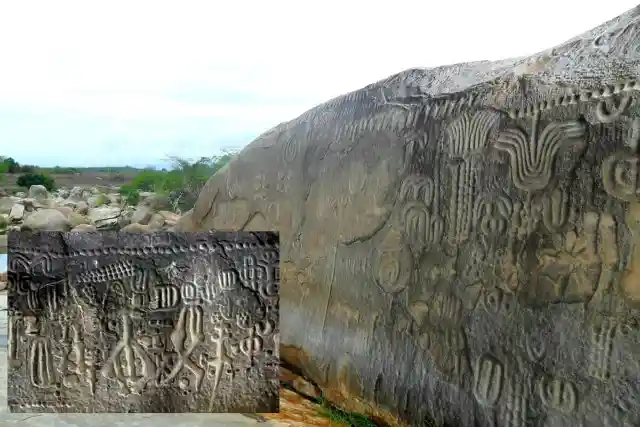
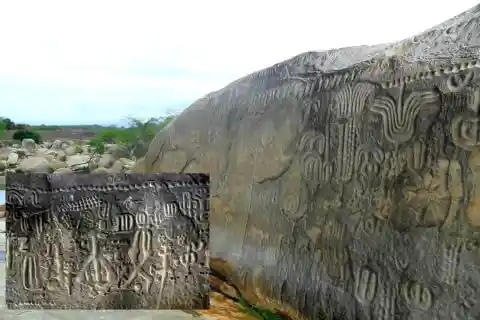
According to historians, this 6,000-year-old stone has different types of inscriptions, ranging from symbols to drawings, and it even includes a star map that allegedly represents the constellation of Orion.
Monastery Of Santa Maria, Italy
Italy is one of the most visited countries in the world, but if you’re interested in getting off the beaten path, then this is the place you’re looking for. The Monastery of Santa Maria dell’ Isola, located in the city of Tropea, is one of Italy’s most beautiful yet unexplored structures.
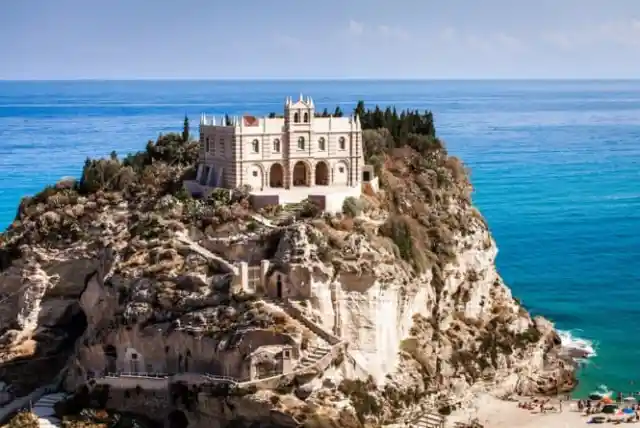
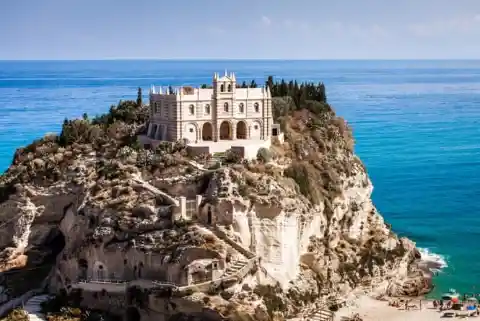
This medieval monastery was built somewhere near the 4th century, and to reach the top, you must climb up a steep flight of steps that have been carved into the cliffside. From the top, you’ll have a striking view of the Tyrrhenian Sea. Furthermore, the monastery houses a 12-century Byzantine portrait of the Virgin Mary, so art lovers, this place is a must!
Ruins Of San Ignacio Miní, Argentina
This unusual site is one of Argentina’s least visited UNESCO Heritage Sites, but it should definitely be on your itinerary. San Ignacio Miní is a group of ruins built by a Jesuit mission during the early 17th century, and they’re located amid the Argentine rainforest.
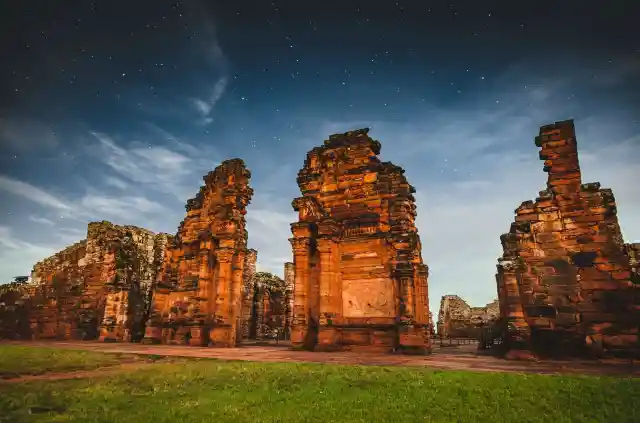
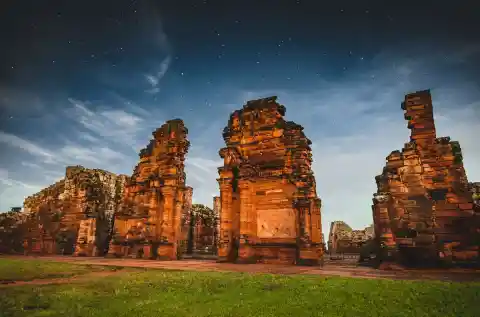
The ruins were built in a Spanish baroque style, and the complex once included a large stone church, a hospital, dormitories, and a school. Sadly, most of these buildings have been destroyed, but the arches of the ancient church are the most remarkable structure.
St. Michael’s Mount, England
Do you fancy a trip to England? Then here’s a place you should definitely add to your list and that you’ve probably never heard of! St. Michael’s Mount is a rocky island located near Cornwall. On the hilltop, you can find a medieval castle and church.
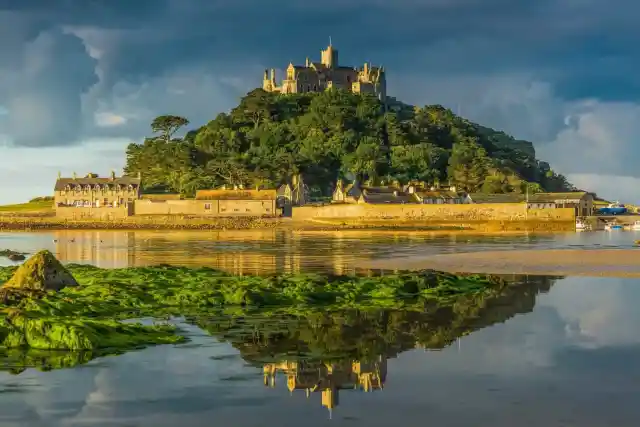
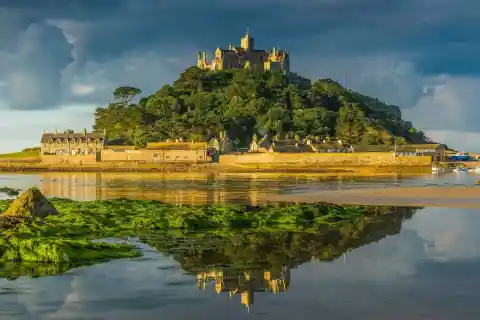
The church was built in the 15th century and is famous for its embattled tower. The island also features an underground railway which is still used to transport foodstuffs to the castle. This site has appeared in several famous films, such as _Dracula_.
Psychedelic Salt Mines, Russia
This bizarre and abandoned salt mine is located in Yekaterinburg, Russia, 650 feet below the earth. What makes this mine so special is the psychedelic patterns printed on its walls. But what’s the scientific explanation behind this?
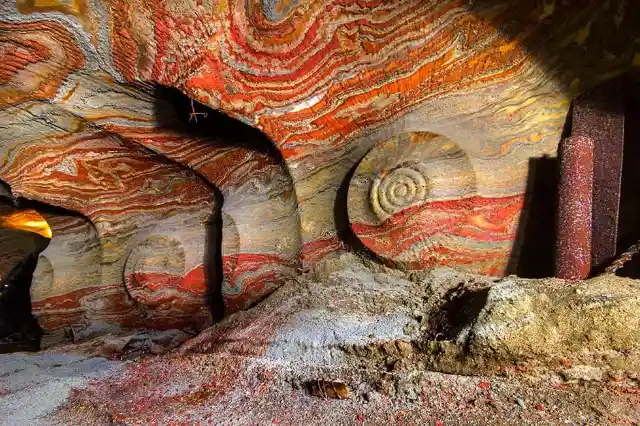
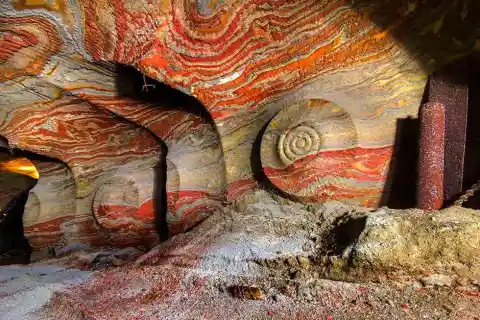
What produces these unusual patterns and colorful swirls is a rare mineral known as carnallite, which can be yellow, white, red, or blue. This mine was formed millions of years ago when a salty sea dried up, leaving behind these mineral and salt deposits.
Isola Island, Italy
Isola Bella is a 50-acre island located in North Italy on the shores of Lake Maggiore. The island’s most remarkable feature is the beautiful palace located in the very tip.
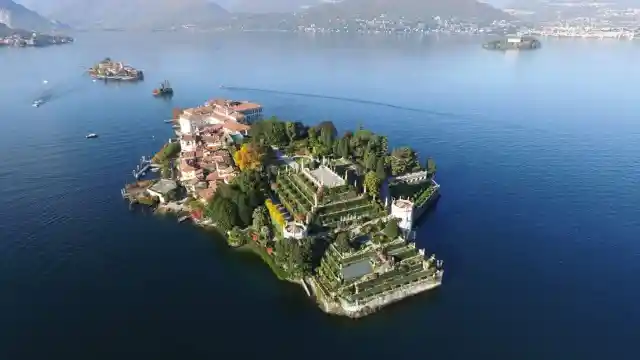
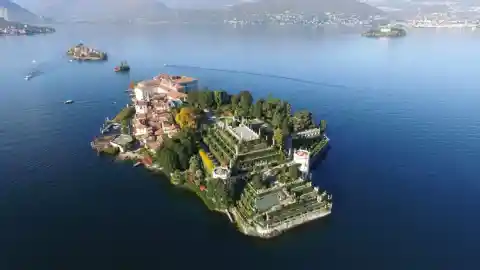
Apart from the palace, the island contains a small fishing village and some very luxurious gardens packed with statues, ponds, and exotic flowers. Near the palace you’ll find a couple of souvenir shops and restaurants, you’ve got it all!
Boiling River, Peru
Located in Puerto Inca, Peru, the Boiling River was discovered by scientist Andres Ruzo in 2011 and has become a tourist landmark ever since.
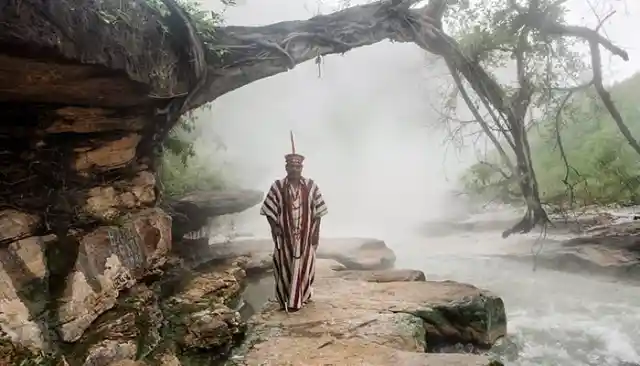
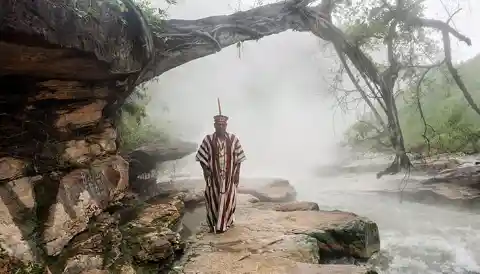
What makes this river so appealing is that it's surrounded by the Amazon Jungle. The river is 82 feet wide and 6 meters deep, and although it has a total length of 700 kilometers, it runs boiling for 6.24 km.
Plitvice Lakes, Croatia
If you’re a nature fan, then Plitvice Lakes National Park is one of the places you’ll most enjoy in the world. This park is famous for its crystal-clear waters that flow across various majestic waterfalls made up of terraced limestone lakes.
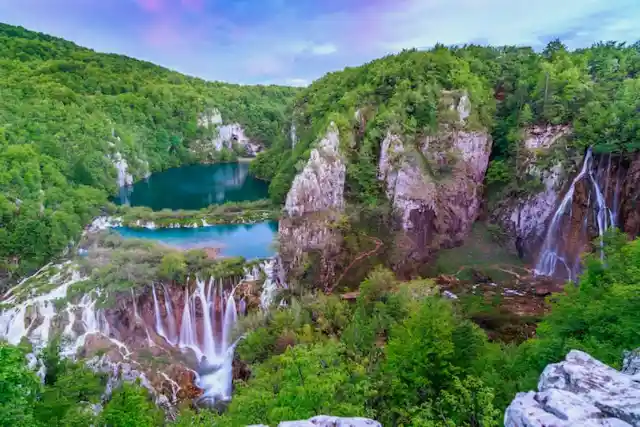
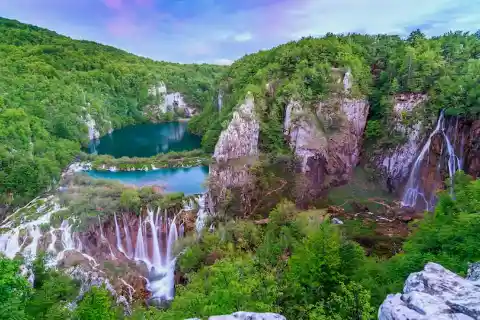
This park contains a total of 16 lakes, all of which are connected by the mountain runoff. During winter, the temperature drops in such a way that most of the waterfalls freeze. Wildlife found in the park includes bears, wolves, eagles, and lynxes.
Huacachina, Peru
Huacachina is a small oasis located in Southwestern Peru and surrounded by miles and miles of dunes. It happens to be one of the most infertile places on earth, and it has only 96 permanent residents.
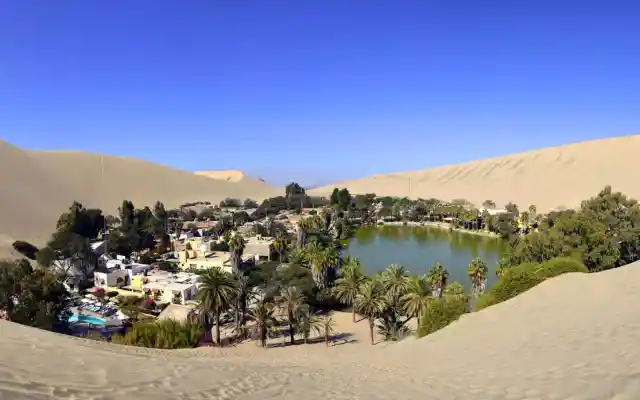
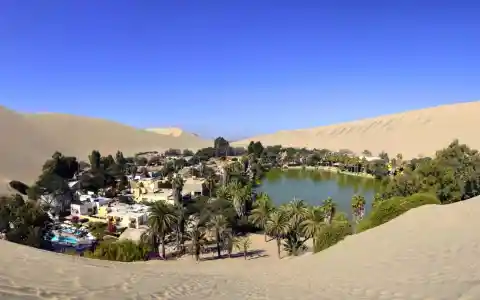
As you can imagine, there’s not much to do in this town, other than buying some crafts in the local rural shops or practicing some sandboarding. What makes this oasis even more impressive is the artificial green lake located in its center, which is believed to hold therapeutic properties.
Reed Flute Caves, China
Most people who travel to China only stay in Beijing and Shanghai. However, you should know that this tremendously large country is full of unexplored wonders. In fact, I’m pretty sure you’ve never heard of the Reed Flute Caves before.
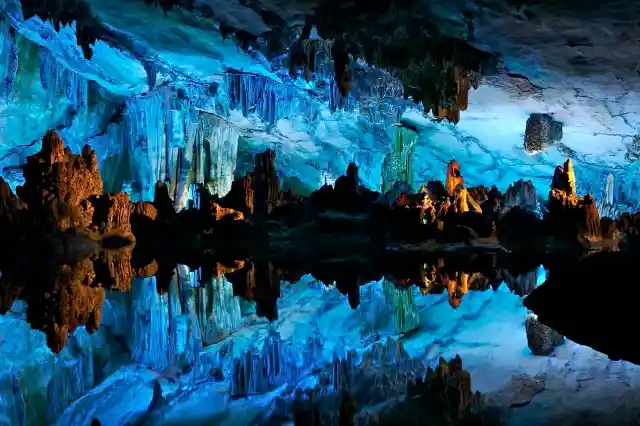
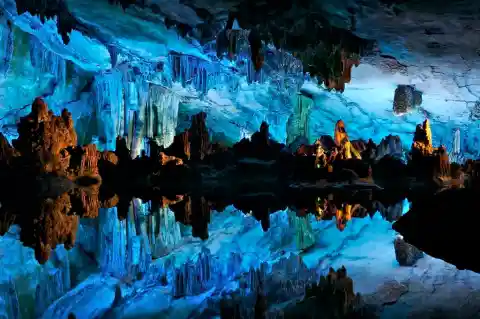
This site is a natural limestone cave located in the Guangxi province. Its most striking feature is its multicolored limestone formations, making this 240-meter-long cave look like a natural art museum. Believe it or not, those lights are 100% natural!
Palacio Da Regaleira, Portugal
Just 28 kilometers from the Portuguese capital of Lisbon lies one of the most unusual and fascinating buildings in the world. I’m talking about Palacio Da Regaleira, a decorative 20th-century residence located in the town of Sintra.
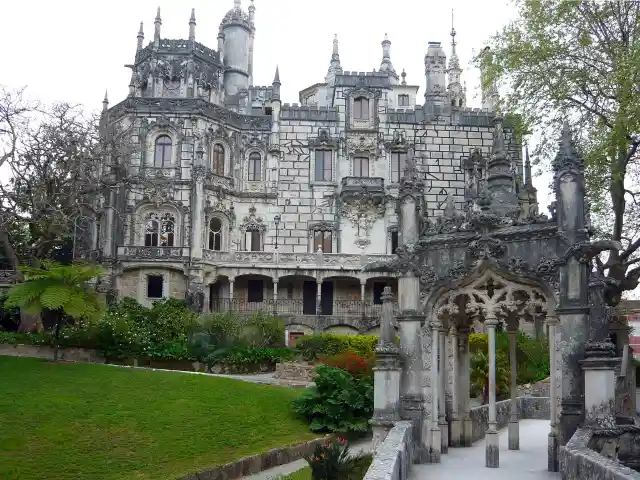
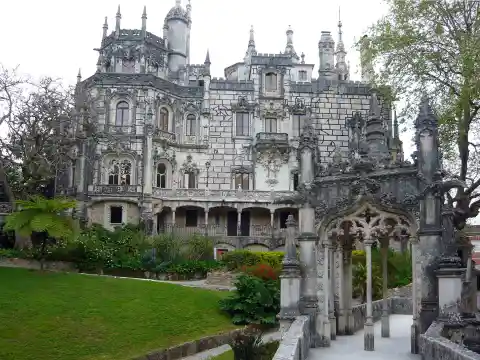
This residence features a chapel, a park, wells, and fountains, but its most iconic structure is the Inverted Tower. This structure is actually a 27-meter deep well lined with a spiral staircase, but which sure looks like a tower.
Ithaa Undersea Restaurant, Maldives
Have you ever dreamed of breathing underwater but without an oxygen mask? Well, in the Maldives, there is a modern undersea restaurant called Ithaa, where you can dine and gaze at the marine life at the same time.
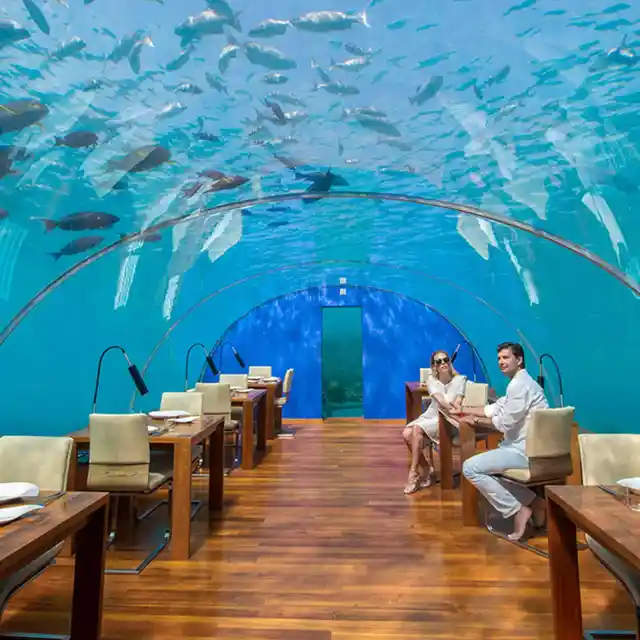
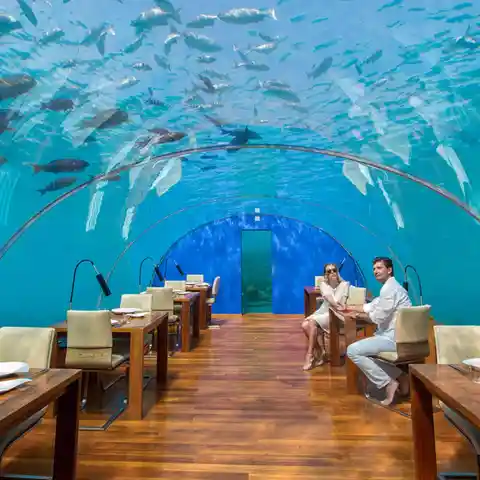
This restaurant – whose name literally translates to “mother-of-pearl” – specializes in contemporary European food, and it’s famous for its high-quality fish. If you don’t mind eating some fish while you watch them swim in front of you, then please give them a try!
The Gates Of Hell, Turkmenistan
The Gates of Hell is a deep gas crater located in the middle of the desert near Derweze, Turkmenistan. This weird geological phenomenon originated by accident. 40 years ago, a team of geologists was drilling the earth looking for oil, and they set the place on fire to prevent the spread of methane gas.
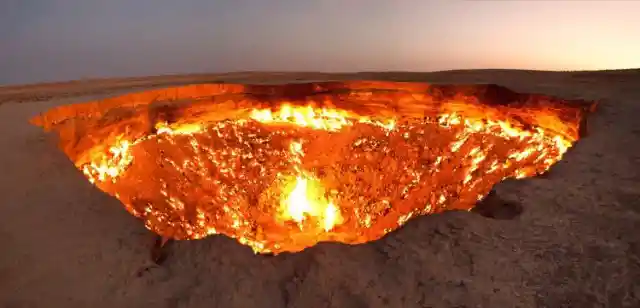
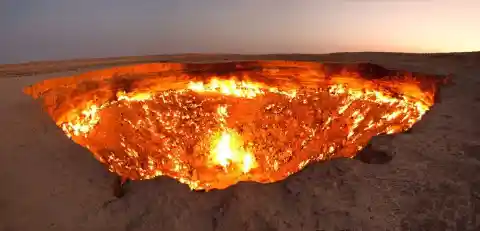
However, the fire never went out, and it has been burning continuously ever since 1971. The crater has a diameter of 69 meters and a depth of 30 meters. This natural burning gas field has become one of Turkmenistan’s main tourist attractions during this past decade, so let’s hope the fire never stops...
Kakslauttanen Hotel, Finland
When a company builds a new hotel, one of the main aims is to make the building look attractive and appealing. Well, the people who designed and constructed the Kakslauttanen Hotel have gone to great lengths to achieve this because these buildings are just too impressive to be true.
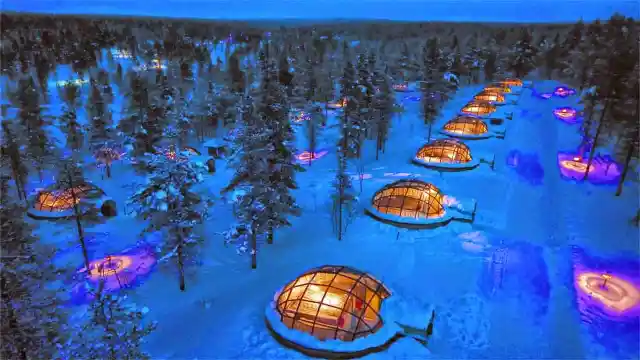
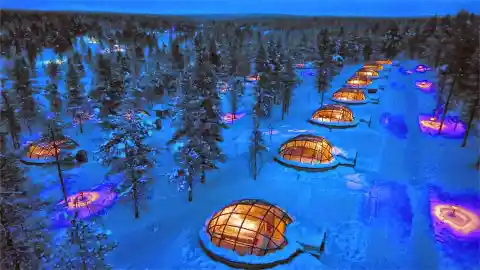
This hotel is located in Finland, and all their rooms are glass igloos. The roofs are made up of glass so that you can observe the Northern Lights from your bed. This surreal hotel is just 155 miles north the Article Circle.
Red Beach, China
If I asked you what color beaches are, what would you answer? Blue? Green? Turquoise? Well, it happens to be that China has a beautiful beach that is neither of these colors. I’m talking about the one and only Panjin Red Beach.
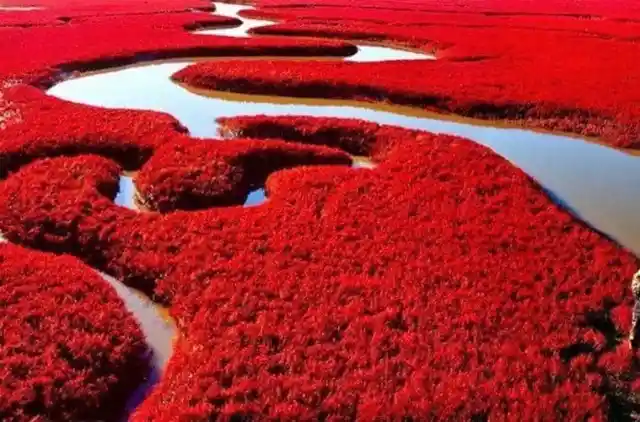
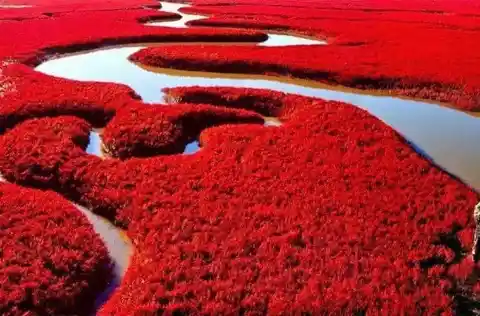
The Panjin Red Beach is a large mass of area covered by a type of seaweed called Sueda, which is famous for its bright red color. This seaweed is actually green throughout the summer but starts turning red from April. During winter, all the sand is covered by a thick layer of Sueda, as shown in the picture.
Zhangye Danxia Landform, China
There is no doubt that the Zhangye Danxia Landform is the most colorful place on earth. It is located in the foothills of the Qilian Mountains inside the Zhangye National Park in Gansu, China. This odd geological structure took over 6 million years to form, but can you guess how?
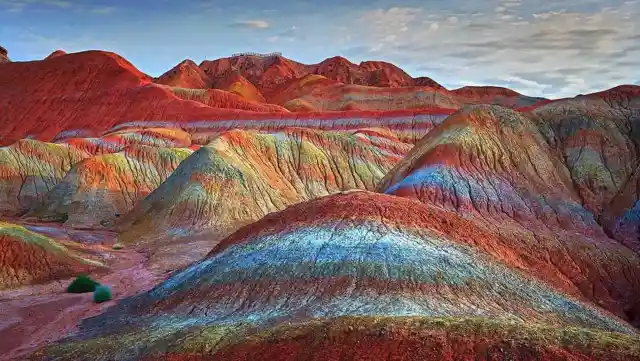
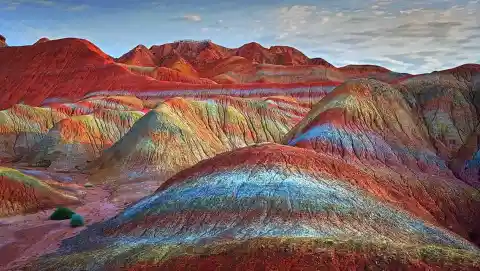
These multicolored hills are the result of the deposits of sandstone and other minerals, together with the combination of wind erosion, water erosion, long-term weathering, and finally, freeze-thaw peeling.
Cave Of Saint-Marcel D’Ardèche, France
Can you believe this fairy-tale cave is real? The Cave of Saint-Marcel D’Ardèche is one of the biggest caves in the world, and it contains a 600-meter-long underground river and a waterfall of rimstones.
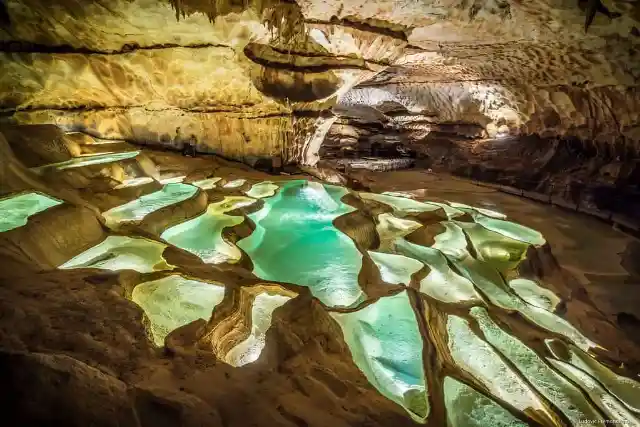
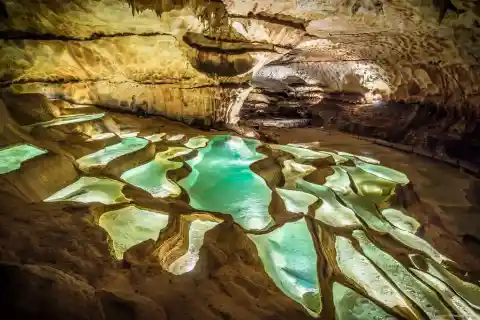
The cave features several galleries, including the Natural Wine Cave, where you can enjoy some regional wine-tasting. Did you know some of these wines are aged 80 meters under the soil? How crazy is that?
Vatnajokull Glacier Caves, Iceland
This may seem like a digitally edited image, but it’s actually a real-life picture of a cave in Iceland. To be more precise, what you see below is the Vatnajokull Glacier Cave. Its most remarkable feature is that each year the cave grows to a particular size and then disappears for several months due to meltdown.
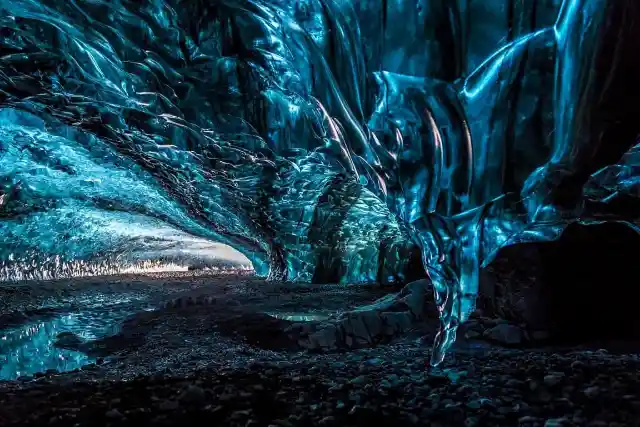
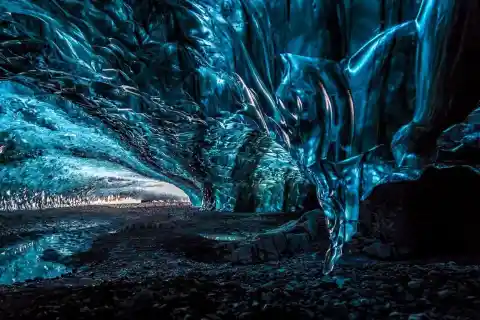
The blocks of ice inside the caves form different shapes each year. Furthermore, depending on the light shade and the amount of sunlight, the cave may generate a wide range of colors.